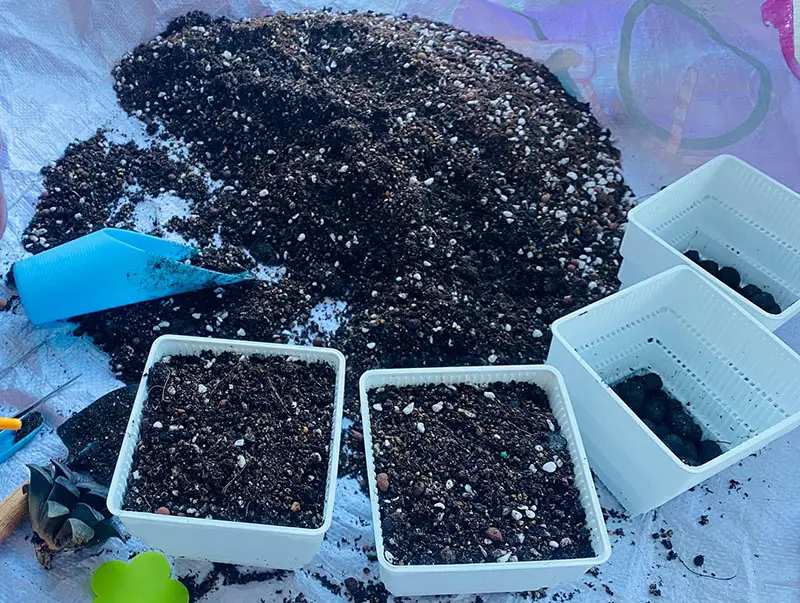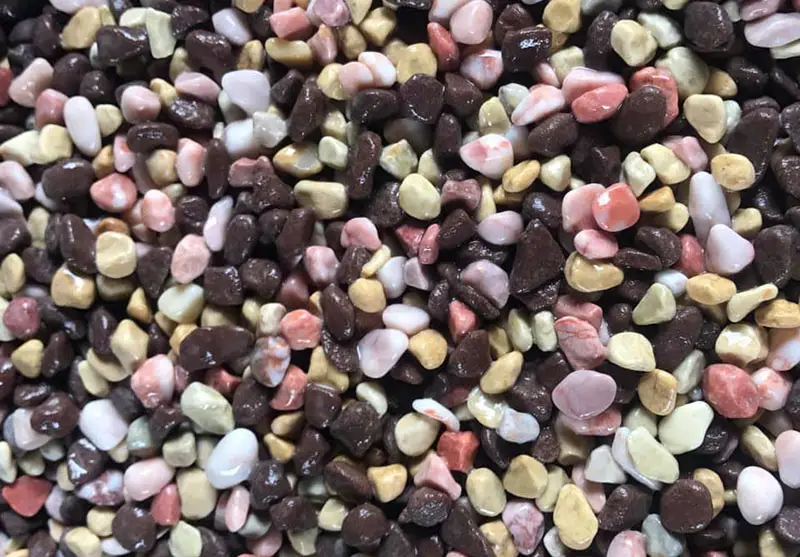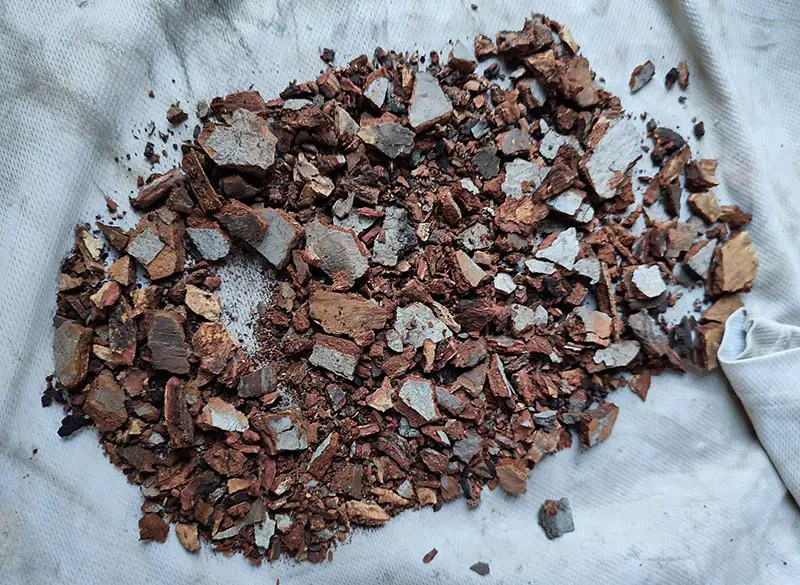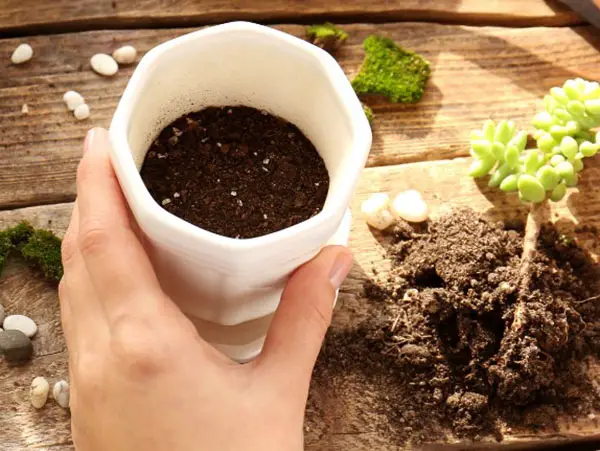Do you want your succulents to appear lush and healthy? Have you ever wondered what it takes to make a succulent potting mix? The solution is to understand the proper soil and other component mixes. If you know what ingredients to use, you can make a potting mix that will help your plants thrive.
We’ll look at how to make a succulent potting mix. We’ll look at how different types of soil interact with other components like fertilizer and drainage material, and why these interactions are critical for healthy growth. We’ll also go over how to adjust the pH of your soil so that your plants get exactly what they need to thrive. Finally, we’ll go over some basic tips for keeping a successful potting mix over time.
Following these guidelines will allow you to create an ideal potting mix for your succulents, ensuring their health and vitality for years to come!
The Value of Succulent Soil Mix
When it comes to succulent success, the soil mix can make or break it. A good soil mix contains not only the correct ingredients but also the correct proportion of each component. Understanding the significance of succulent soil mix is critical to ensuring the success of your plants.
Succulent soil differs from regular potting soil in that succulents require more drainage than other plants. Succulents dislike sitting in wet pots, so make sure your mix includes components like perlite, pumice, sand, or gravel to help excess water drain away from your plant’s roots. Additionally, for optimal root health, look for a potting mix with a balanced pH level.
So, when it comes to succulent care, understanding the significance of an appropriate soil mix is critical. Choosing the right one will aid in the health and happiness of your plants!
Features of Soil That Grows Plants
When putting succulents in pots, the soil mix is the most important thing. A good mix of soil for succulents should be airy, light, and easy to drain. This makes sure that the roots of your succulent get enough air to breathe and won’t be left sitting in soil that is too wet.
So, what does the best soil mix for succulents look like?
First, there should be a lot of organic matter in the soil, like peat moss or coir. This organic matter helps the soil drain better and keep water, which is important for healthy root growth.
Second, the soil should have perlite, which is a light material that helps the soil breathe and keeps it from getting too packed down. Last, the pH balance of the soil should be between 5.5 and 6.5, which is slightly acidic. This helps make sure that your plant’s roots can absorb nutrients well.
Finding the right balance between these three things—organic matter, perlite, and pH balance—is the key to making a good succulent potting mix. Once you find the right mix for your plants, they will do well in their new home.
What Kind of Soil Is Best For Succulents?
There are a few key things to look out for when choosing the best soil for succulents. First of all, the soil needs to be able to drain well and have both organic and inorganic parts. Also, the pH level should be neutral, and it should be able to hold water without getting soggy.
Succulents can get nutrients from things like composted bark, peat moss, and coconut coir. Rocks, coarse sand, and perlite are examples of inorganic materials that can be used to make air spaces in the soil. This helps the soil drain quickly. Small amounts of garden lime or wood ash can be added to keep the pH level at the right level.
Finding the right balance between these two types of material and adjusting the amount of water is the key to making the best soil for succulents. If you do this, your succulents will be able to grow well in their new home.
How Do You Make A Good Succulent Mix For Potting? How Much Succulent Potting Mix
When growing succulents, it’s important to use the right potting mix. But what does a good one look like? Two parts coarse soil to one part coarse sand or perlite is a good ratio for a succulent potting mix. This ratio makes a base that drains well, which these plants need.
In addition to the soil and sand, you can also add things like peat moss, compost, worm castings, charcoal, and other organic materials. These additions help make the base even more nutritious, which helps the roots grow and get stronger. And if your potting mix is too dry or too wet, you can add more water or add more soil or sand to dry it out.
Making your own succulent potting mix at home can be a lot of fun because you can adjust it to fit the needs of your plants. Plus, it’s often much cheaper to make your own mixes than to buy them already made. With the right ingredients and some careful mixing, you can make the perfect home for your succulents.
How To Change Normal Soil Into Rich Soil?
Making succulent soil is a great way to give your favorite plants the best place to grow. But if you don’t have a pre-made succulent potting mix, it can be hard to know where to start. With just a few simple ingredients and steps, it’s easy to turn regular soil into succulent soil quickly.
The first step is to get some coarse material like pumice or perlite. This will help the soil breathe and let more water and oxygen through. To get the most out of this, mix it into your regular soil at a ratio of about 1:4. This will also make the soil more porous, which lets the roots of your succulents spread out and drain better.
To make sure your succulents have enough of all the nutrients they need, it’s a good idea to mix in some organic matter like compost or worm castings. This will give them the food they need and also let any extra water drain away quickly. If you want to, you can also add slow-release fertilizer.
With these simple steps, you can turn regular soil into the perfect place for healthy succulents to grow and thrive.
How To Mix Soil For Potting Succulents
When potting succulent plants, it’s important to mix the soil in the right way for them to grow well. You can make potting soil for succulents with the right ingredients that will keep your plants healthy and happy. Here’s how you can make it yourself.
The first thing to do is choose a good potting mix. Look for one with peat moss and perlite, which are organic materials that help create air pockets in the soil and keep water in it. You should also add some coarse sand, which helps the soil drain and get air. You could also add worm castings or compost, which are full of nutrients that succulents need.
Now that you have everything you need, it’s time to put it all together! Mix together about two parts potting soil, one part sand, and one part each compost or worm castings and other organic materials. These proportions will make sure that your potting mix drains well, keeps water in, and has enough nutrients for your succulents. Once everything is well mixed, it’s done. You’ve made a custom potting mix for succulents that will keep your plants healthy.
To keep your succulents healthy and happy, you need to make sure they have the right soil mix. If you follow these steps, you can be sure to make potting soil that is just right for them.
Being Able To Mix
The key to making a good potting mix for succulents is to know what ingredients to use, how much of each to use, and how to mix them together. Succulents need soil that drains and breathes well so that their roots stay healthy and don’t rot. A good potting mix should have both organic and inorganic materials, like peat moss or compost. Other inorganic materials that could be used are perlite or pumice. The amounts of these things will depend on what kind of succulent you are planting. For example, cacti need a different mixture than other succulents.
When you mix these things together, make sure to get the right amount of water retention and drainage. Lastly, make sure that when you plant your succulent cuttings or seedlings, you do so in moist soil that will keep water but still drain well. With the right knowledge and skills, you can make sure your succulents do well in their new home by giving them the right potting mix.




